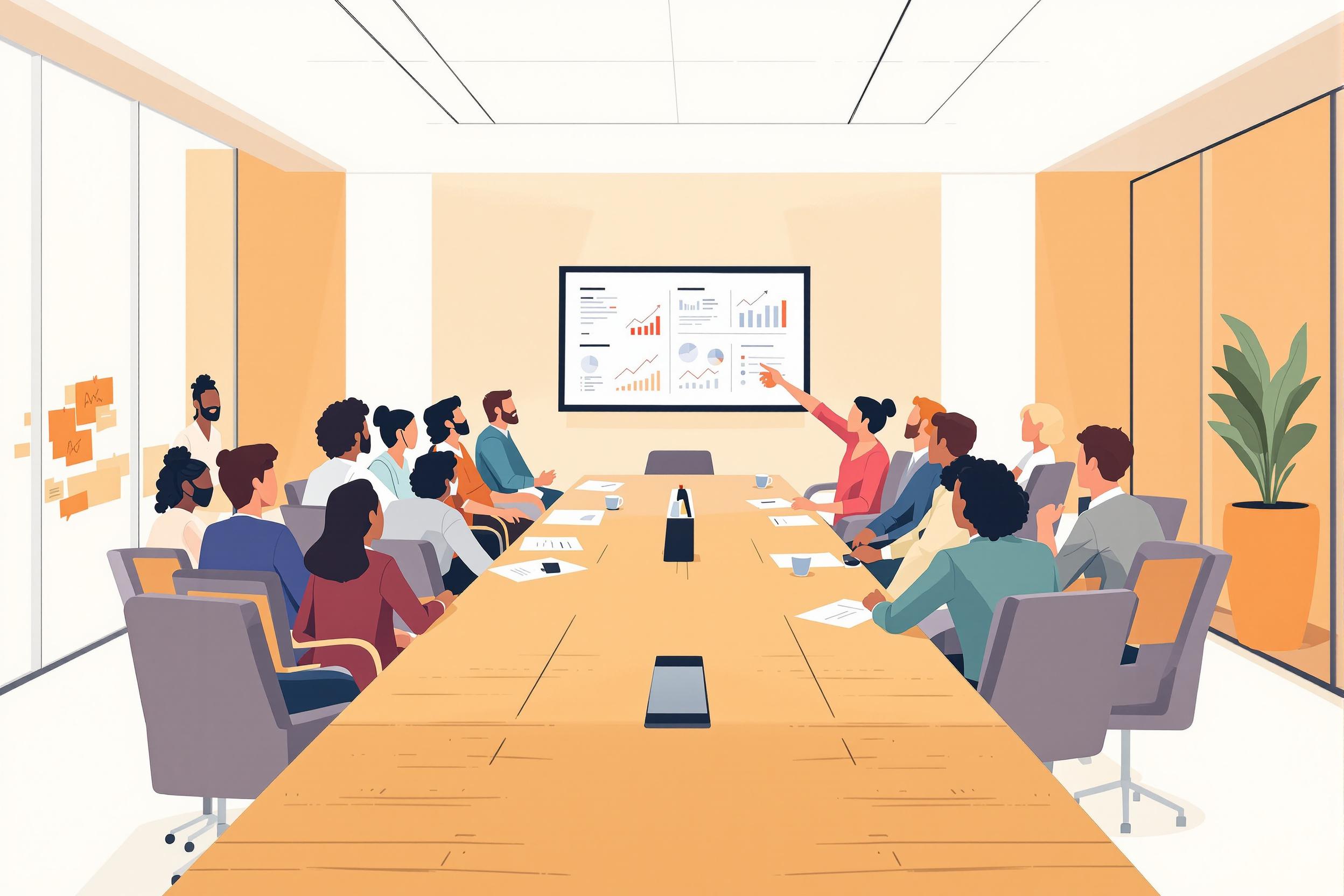
Board Design
Board Design refers to the skill of understanding, selecting, and customizing surfboards to match surfers' needs. When this appears in a resume, it shows that the instructor knows how different surfboard shapes, sizes, and features affect performance in the water. This knowledge is important because it helps instructors recommend the right boards for students based on their skill level, body type, and the type of waves they'll encounter. Similar terms might include "surfboard shaping" or "equipment selection."
Examples in Resumes
Advised beginners on equipment selection through expertise in Board Design
Conducted workshops on Board Design and surfboard maintenance for students
Applied Board Design knowledge to match over 200 students with appropriate equipment
Typical job title: "Surf Instructors"
Also try searching for:
Where to Find Surf Instructors
Professional Networks
Online Communities
Training & Certification
Example Interview Questions
Senior Level Questions
Q: How do you assess and recommend appropriate boards for different skill levels?
Expected Answer: A senior instructor should explain how they match board characteristics (length, width, thickness) to student abilities, considering factors like stability for beginners and maneuverability for advanced surfers.
Q: How do you incorporate board design knowledge into your teaching methodology?
Expected Answer: Should discuss how they use board design knowledge to enhance student progress, including examples of transitioning students through different board types as they advance.
Mid Level Questions
Q: What factors do you consider when selecting boards for beginner students?
Expected Answer: Should mention safety, stability, buoyancy, and student characteristics like height, weight, and fitness level in their decision-making process.
Q: How do you explain different board types to new surfers?
Expected Answer: Should demonstrate ability to communicate technical concepts in simple terms, explaining how different boards affect the learning experience.
Junior Level Questions
Q: What are the main types of surfboards and their basic characteristics?
Expected Answer: Should be able to describe longboards, shortboards, and foam boards, explaining which are best for beginners versus experienced surfers.
Q: How do you maintain and care for different types of surfboards?
Expected Answer: Should know basic maintenance procedures, including cleaning, waxing, and identifying when repairs are needed.
Experience Level Indicators
Junior (0-2 years)
- Basic knowledge of surfboard types
- Understanding of beginner-friendly boards
- Basic board maintenance
- Safety awareness
Mid (2-5 years)
- Advanced board selection skills
- Equipment matching expertise
- Teaching board transition techniques
- Minor repair knowledge
Senior (5+ years)
- Custom board recommendations
- Advanced equipment knowledge
- Program development expertise
- Mentoring other instructors
Red Flags to Watch For
- No knowledge of different surfboard types and their uses
- Unable to explain board characteristics in simple terms
- Lack of understanding of safety considerations in board selection
- No experience matching boards to different skill levels
Related Terms
Need more hiring wisdom? Check these out...

Why Your Hiring Process is a Maze (And How Design Thinking Can Turn It into a Superhighway)

Beyond Borders: Mastering the Art of a Global Onboarding Calendar

Breaking the Mold: The Unseen Power of Building a Diverse Leadership Team

